Uncategorized
How Old and New Tech has Shaped the War in Ukraine
How Old and New Tech has Shaped the War in Ukraine
The N(uclear)ew Cause for Concern
Russia’s invasion of Ukraine has sparked concern worldwide. It has put the rest of the world’s countries in very complicated positions. The US has chosen to publicly condemn the actions of Russia, and has also been attempting to assist the citizens of Ukraine in ways that are not seen as a direct move against Russia.
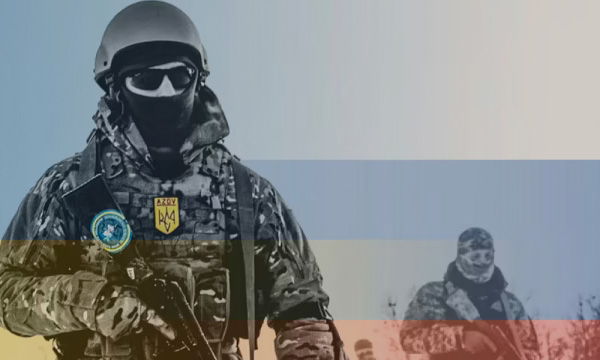
Zaporizhzhia, the largest nuclear power plant in Europe, remains under Russian control. The State Nuclear Regulatory Inspectorate of Ukraine reported that, as of March 27, workers had completed repairs on a transformer damaged in a March 3 firefight. So far, the first war to take place in a country with active nuclear power plants has not led to a nuclear accident or disaster.
Old Dogs with New Tricks
Russia attacked Ukraine with weaponry conceived and manufactured for a future conflict with NATO in Western Europe that never materialized. T-72 tanks, which are key to Russia’s offensive and Ukrainian counter-offensives, were never intended to be used against each other, yet both Ukraine and Russia inherited Soviet-era war machines. The decisions taken when designing and fielding war machines will have a long-term impact on future conflicts.
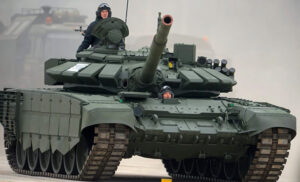
 Soviet-made anti-air missiles, which were built to fight alongside the same model helicopters, are among the armaments provided to Ukraine’s war effort by European nations. In drone-directed artillery strikes across Ukraine, rocket artillery weapons designed to blow a path through NATO defenses are now shooting at each other.
Soviet-made anti-air missiles, which were built to fight alongside the same model helicopters, are among the armaments provided to Ukraine’s war effort by European nations. In drone-directed artillery strikes across Ukraine, rocket artillery weapons designed to blow a path through NATO defenses are now shooting at each other.Cities, particularly the heavily besieged Ukrainian city of Mariupol, have been devastated by these artillery weapons. Because cities are near to residents, and the built environment provides cover and protection for soldiers deploying human-portable anti-tank and anti-air weaponry, they are challenging battlefields. As a result, an assault on a city becomes a siege, and citizens trapped within must often rely on the same forces attacking the city to allow safe passage out. The Ukrainian Red Cross announced on April 4 that it was unable to contact residents of Mariupol.
The New Kind of Use for Drones
The military alliance’s aircraft have been kept out of Ukraine’s sky due to nuclear arsenals and the prospect of a shooting war with NATO devolving into a nuclear global war. Ukraine has used existing planes to demonstrate new features of contemporary warfare in place of NATO fighters. But something that hasn’t been kept out of the sky for this conflict has been much smaller and seemingly more effective. Drones can direct artillery strikes and discharge weapons directly, giving them small tactical benefits.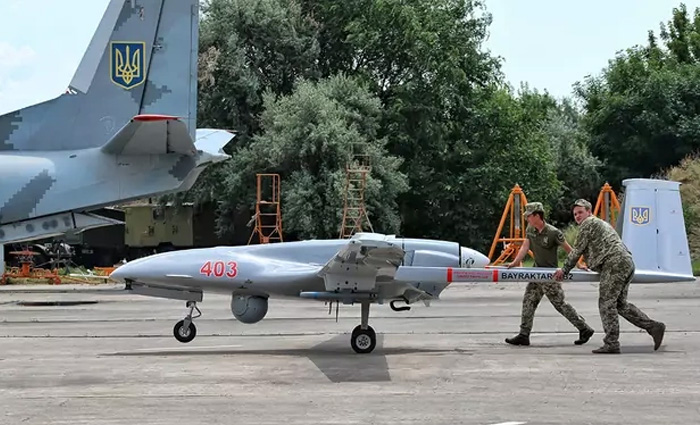

Drones can also impact popular perceptions of conflict by recording video of combat and sharing it with the public. Videos from Bakraytar drone strikes formed a narrative hook for tales about Ukraine’s war prowess in the weeks leading up to the announcement that Ukraine would launch a counteroffensive. The Bakraytar had already been immortalized in song by the time Russia’s Ministry of Defense released its own drone movies to establish a counter-narrative
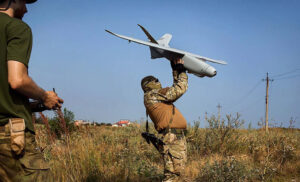
Videos of bombs hitting tanks become the subject of Ministry of Defense tweets, while bombs that miss and go undetonated become forerunners of future, less-publicized catastrophes. During and after the battle, unexploded bombs, artillery shells, and landmines pose a long-term threat to human life. Crews clearing fields and cities in Ukraine of the lethal wreckage of the Russian invasion may come across World War II bombs still buried. Many of those explosives may have to wait until there is a ceasefire before they can be removed. We might witness the Uran-6 demining robots when it arrives, providing Russia still maintains land.
Considerations for the Future of this Conflict
One technique for parties to demonstrate trust during a ceasefire is to demine and clear explosives. The Organization for Security and Cooperation in Europe,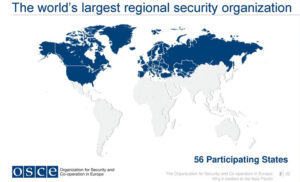 which has been monitoring ceasefire terms in Ukraine since 2014, may be enlisted once more as a credible third party. Monitors who are equipped with drones can track movements and register transgressions if the drones are not jammed.
which has been monitoring ceasefire terms in Ukraine since 2014, may be enlisted once more as a credible third party. Monitors who are equipped with drones can track movements and register transgressions if the drones are not jammed.
However, any peace talks will almost certainly take place with Russian forces still in Ukraine, as Zelenskyy admitted to Russian journalists on March 29, “I recognize it’s impossible to push Russia totally out of Ukrainian land.” It would inevitably result in a third world war. I understand, and that is why I am attempting to reach an agreement.”
Like reading this post? Check out our latest and greatest HERE
 which has been monitoring ceasefire terms in Ukraine since 2014, may be enlisted once more as a credible third party. Monitors who are equipped with drones can track movements and register transgressions if the drones are not jammed.
which has been monitoring ceasefire terms in Ukraine since 2014, may be enlisted once more as a credible third party. Monitors who are equipped with drones can track movements and register transgressions if the drones are not jammed.However, any peace talks will almost certainly take place with Russian forces still in Ukraine, as Zelenskyy admitted to Russian journalists on March 29, “I recognize it’s impossible to push Russia totally out of Ukrainian land.” It would inevitably result in a third world war. I understand, and that is why I am attempting to reach an agreement.”
Like reading this post? Check out our latest and greatest HERE

